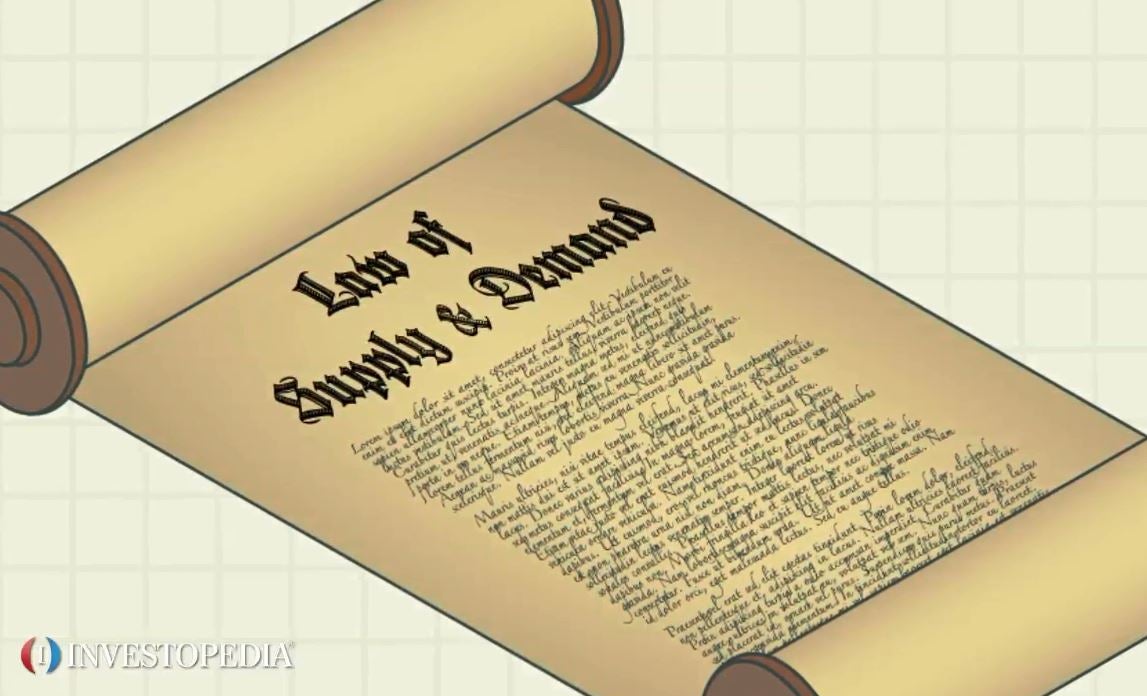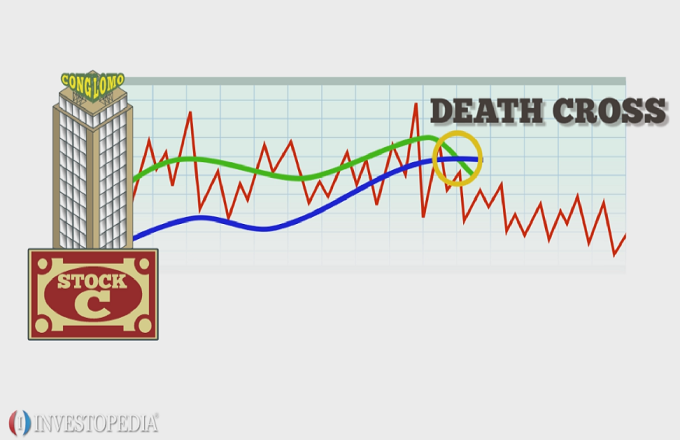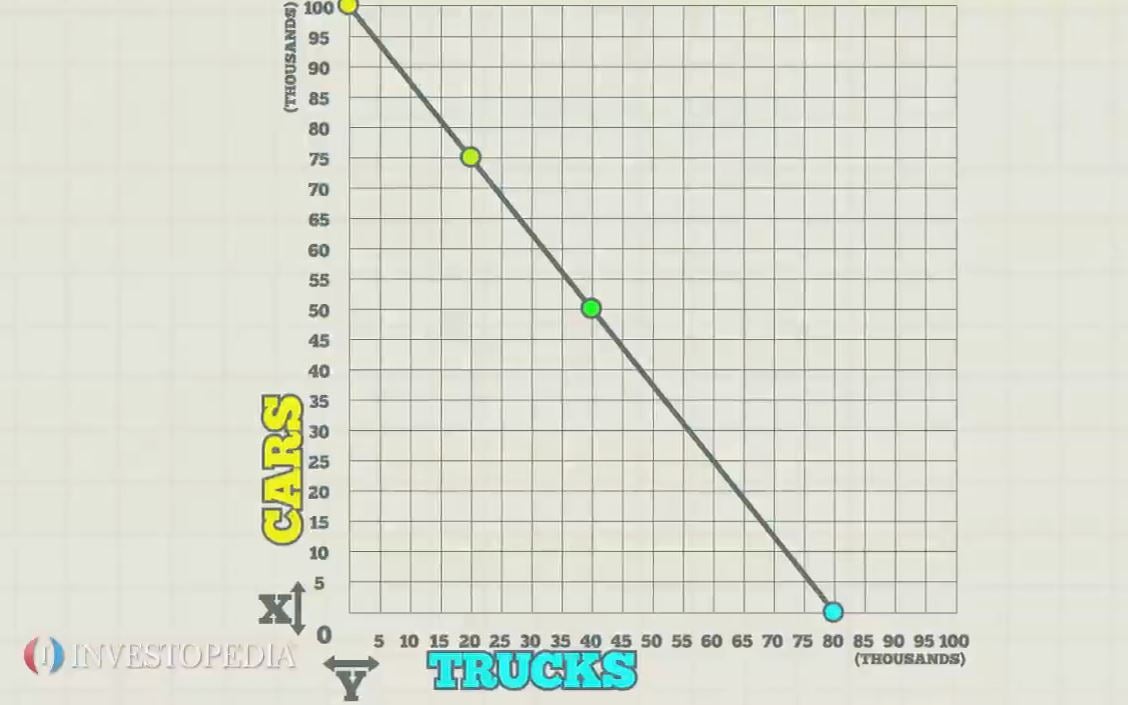Cross elasticity of demand measures the quantity demanded of one good in response to a change in price of another.If two goods can be substituted for one another, consumers will usually buy one when the price of another increases. For example, if the price of butter increases and everything else stays the same, the demand for margarine is likely to grow as consumers try a substitute. Calculate the cross elasticity of demand by taking the percentage of change in the quantity demanded of one good and dividing it by the percentage of change in price of a substitute. Positive cross elasticity means that if the price of one good goes up, demand for another does, too. The butter and margarine example illustrates this concept. With negative cross elasticity, an increase in the price of one good causes a drop in the demand for another. Complementary products demonstrate this concept. If the price of coffee increases and everything else stays the same, the quantity demanded for stir sticks will drop, too. If the calculation yields a small value, then the two goods have little relation. Cross elasticity of demand really only applies in situations where the two products or services are related in some way. For instance, an increase in the price of shoes is likely to have little bearing on the demand for plastic cups.





